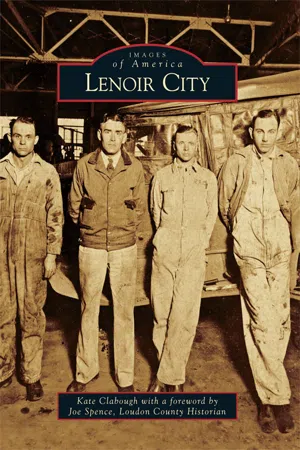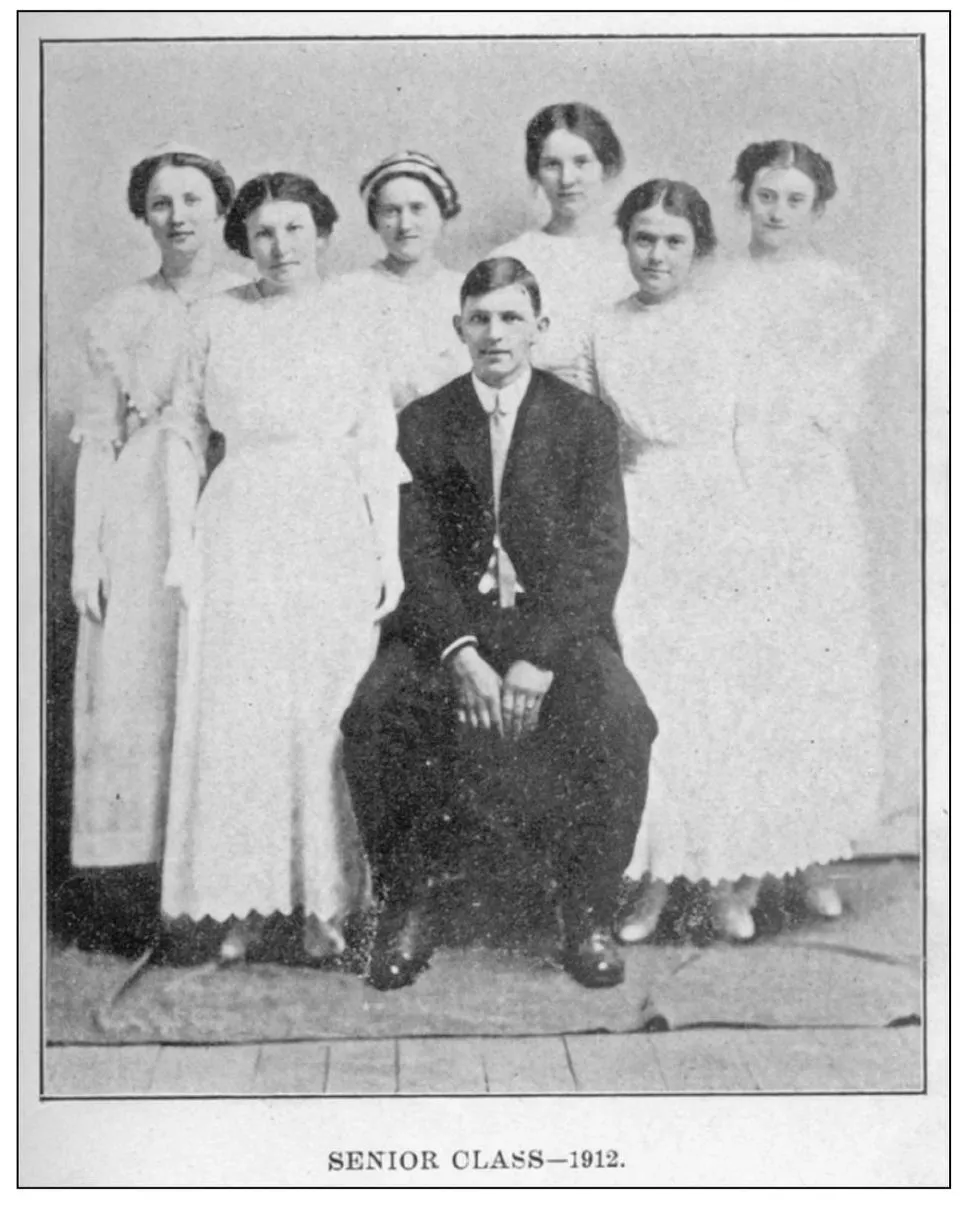
- 128 pages
- English
- ePUB (mobile friendly)
- Available on iOS & Android
Lenoir City
About this book
John C. Calhoun, Southern statesman and vice president under Andrew Jackson, once said, the Lenoir estate in Loudon County is the most princely property in Tennessee. It has all the picturesque environments and attractive surroundings of an English baronial estate. In 1890, the Lenoir estate became Lenoir City thanks to a group of forward-thinking businessmen from New York City and Knoxville who saw the value and potential of the property once given to Gen. William Lenoir in appreciation for his exemplary Revolutionary War service. Surrounded by the meandering Tennessee River, the town was the perfect setting for water-driven industries such as flour and cotton mills, barges, and ferries. Today Lenoir City is a growing town that offers residents and visitors abundant recreational, shopping, and dining venues. It is located in Loudon County, the Lakeway to the Smokies.
Frequently asked questions
- Essential is ideal for learners and professionals who enjoy exploring a wide range of subjects. Access the Essential Library with 800,000+ trusted titles and best-sellers across business, personal growth, and the humanities. Includes unlimited reading time and Standard Read Aloud voice.
- Complete: Perfect for advanced learners and researchers needing full, unrestricted access. Unlock 1.4M+ books across hundreds of subjects, including academic and specialized titles. The Complete Plan also includes advanced features like Premium Read Aloud and Research Assistant.
Please note we cannot support devices running on iOS 13 and Android 7 or earlier. Learn more about using the app.
Information
Four
EDUCATION











Table of contents
- Title Page
- Copyright Page
- Dedication
- Table of Contents
- ACKNOWLEDGMENTS
- FOREWORD
- INTRODUCTION
- One - THE EARLY YEARS
- Two - CAR WORKS AND HOSIERY MILL
- Three - OTHER BUSINESSES
- Four - EDUCATION
- Five - RELIGION
- Six - CELEBRATIONS
- Seven - TRANSPORTATION
- Eight - THE DAM
- Nine - HOUSES
- Ten - PEOPLE